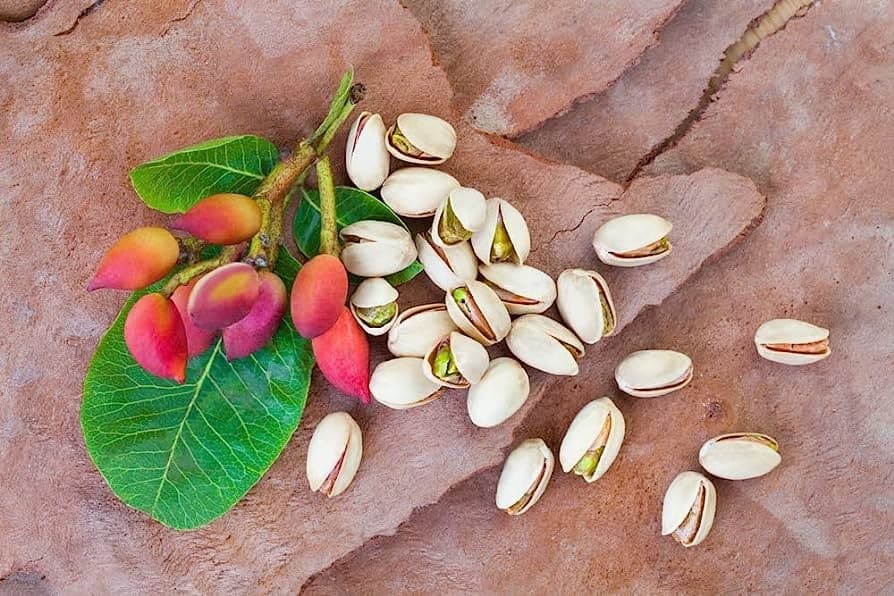In 2023, the "Aegina Pistachio Culture" was listed on the UNESCO Intangible Cultural Heritage Index.
The tradition of pistachio cultivation and processing dates back 120 years to when it was introduced to the island. The preservation and promotion of this traditional knowledge are particularly important for Aegina's collective memory and modern identity.
Today, more than any other year, drastic measures should be taken to protect pistachios.
"It appears that for the second year in a row, we will have an 80% reduction in production due to the mild winter that last year gave us 300 hours of dormancy out of the 700 required for pistachios, and this year, we only had 100 hours of cold," explains Mr. Kounadis, head of the Aegina Pistachio Growers Cooperative.

Of the 100 tons produced in Aegina, only 30 tons carry the certified PDO. The rest simply refer to it as a shell. Climate change is not the only cause.
Where there were fields, now they are houses, and this rapid urbanisation does not allow the right plant protection interventions that the crop needs.

However, contrary to the state's indifference to promoting the brand, producers from all regions of Greece support Aegina's needs by supplying it with products. However, this puts their own competitive advantages in second place, while surplus value could be given to the "Greek Shelled Pistachio" brand.
READ MORE: Moussaka: The science behind perfecting Greece’s favourite dish.

